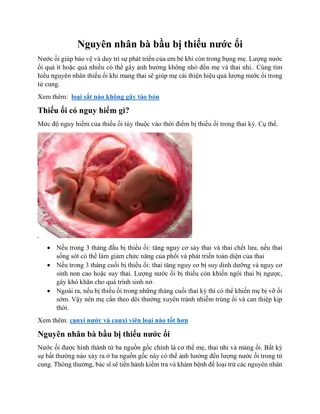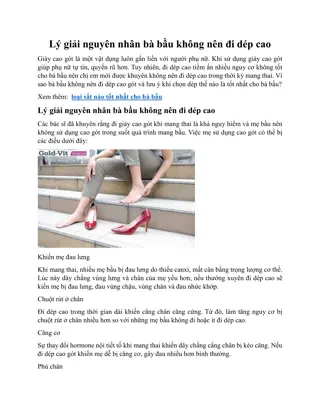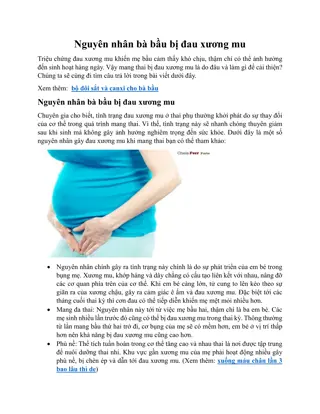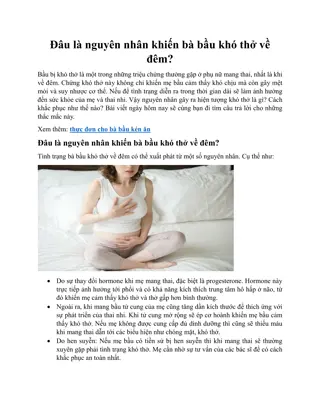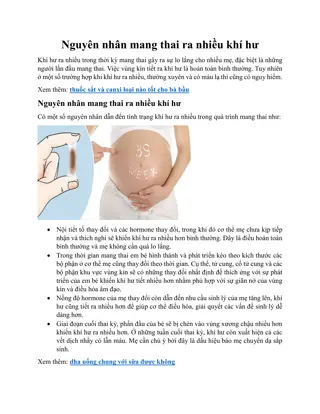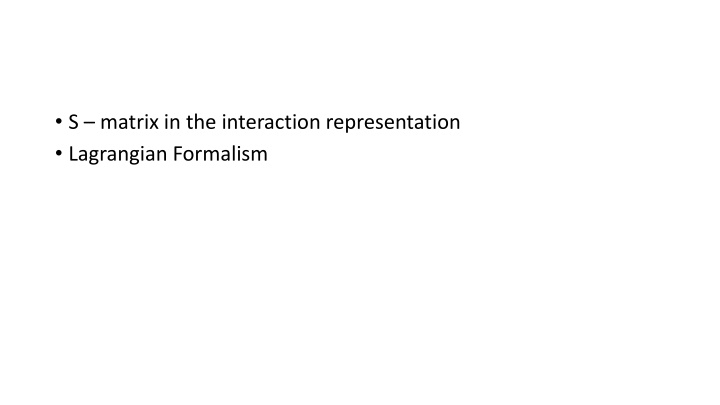
S-Matrix in Interaction Representation and Lagrangian Formalism
Explore the concept of S-matrix in the interaction representation within the Lagrangian formalism, detailing its role in connecting initial and final states of scattering processes. Delve into the splitting of Hamiltonian, field equations of motion, conservation laws, and variational principles in relativistic systems.
Download Presentation

Please find below an Image/Link to download the presentation.
The content on the website is provided AS IS for your information and personal use only. It may not be sold, licensed, or shared on other websites without obtaining consent from the author. If you encounter any issues during the download, it is possible that the publisher has removed the file from their server.
You are allowed to download the files provided on this website for personal or commercial use, subject to the condition that they are used lawfully. All files are the property of their respective owners.
The content on the website is provided AS IS for your information and personal use only. It may not be sold, licensed, or shared on other websites without obtaining consent from the author.
E N D
Presentation Transcript
S matrix in the interaction representation Lagrangian Formalism
S matrix in the interaction representation
Definition The S-matrix or scattering matrix relates the initial state and the final state of a physical system undergoing a scattering process. The S-matrix is defined as the unitary matrix connecting sets of asymptotically free particle states (the in-states and the out-states) Asymptotically free then means that the state has this appearance in either the distant past or the distant future.
Let the Hamiltonian H be split into the free part H0and the interaction HI, H = H0+ HI The operators behave as free field operators and the state vectors have dynamics according to the interaction HI | ? = ? ?,??| (??) | ? is a state that has evolved from a free initial state | (??) Initial state: ?? State vector: t | = ? , | ( ) The operator S = U , is the S-matrix ( ?)? ?! ??1 ??2 ???.P(??(?1) ??(?2) ??(??)) ? = With Dyson chronological operator P(??(?1) ??(?2) ??(??)) = ??(??1) ??(??2) ?????, ??1 ??2 ???
Lagrangian Formalism 1. Field Equations of Motion 2. Conservation of Energy 3. Charge Conservation
1. Field Equations of Motion Lagrangian equations of motion ? ? ?? ? ? ?= 0,? = 1,2,3 is the coordinates of the particles ??? ??? The field equations whose field are relativistic systems can be invariant under Lorentz transformations, only if spatial and time Lagrangian depends on ? ,??? ? ,? = 0,1,2,3 Let us determine the variation of the action
In this formula: where ??(?) is an arbitrary infinitesimal function of x. We have Substituting such result into equation of ?? and combining Gauss theorem: where is the surface surrounding the volume ,???is the infinitesimal surface elements. We shall assume ?? = 0,??| = 0 ????? ???????? ???????? If the field depends on an additional variable which can take discrete values, the variational principle implies ? ??? ? ?? = 0 ?????
2. Conservation of Energy Translations the coordinates of points are transformaed as follows where ??is a constant vector, i=1,2,3 The condition for translational invariance has the form: ??is an inifinitesimal vector. Keeping pnly the linear terms in the power expansion in ??: Equation of motion: Besides, we have: = const
We have: The energy conservation law is a consequence
3. Charge Conservation The Lagrangian depend on ?,??, ? ,?? Local gauge transformations ? ? = ? ? ?? ? , ? is an arbitrary real function of x Assume Lagrangian being invariant under transformation ?,??, ? ,?? = ? ,?? , ? ,?? ? = 0 ? ?????? + ? ???? ?? ? = ?? = 0
In order to current and charge are conservation, considering infinitesimal gauge transformations ? = ? + ?? = ? + ? ? is an infinitesimal quantity ? = ? + ?? = ? + ? ? ? ? ???? ? + ? = ??( ?) ???? ? = 0 ????= 0 ??= ?:???????? ?? ? ???? ? = ?0?3? ?? ??0= 0:? ???? ????????????







